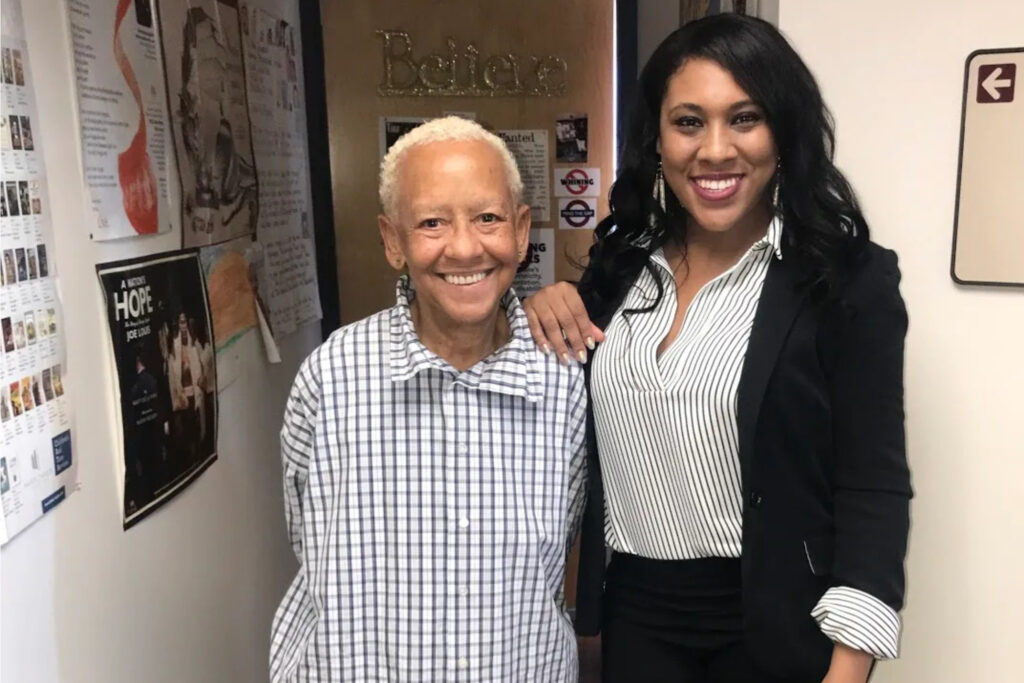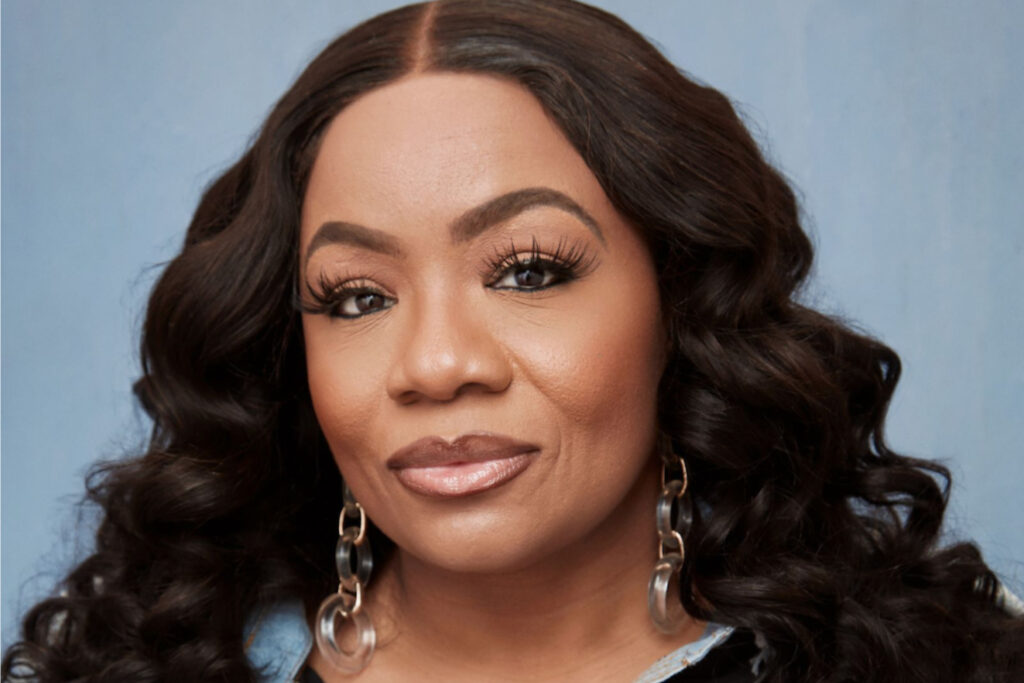More Than a Doll: How ‘HarperIman’ Is Redefining Beauty Standards for a New Generation

Image provided by: HarperIman
At the height of segregation, psychologists Kenneth and Mamie Clark conducted a series of experiments to determine the lasting effects of separating children by race. Those observations, widely recognized as “the doll tests,” would conclude that prejudice, discrimination, and segregation created a sense of inferiority in African-American children and deeply wounded their self-esteem. Many decades later, fueled by those findings, Black founders would identify a way for corporations to close the divide of representation on shelves ranging from beauty to children’s toys. Major retailers like Walmart and Target would step up to bring visibility to small Black-owned brands, helping to turn their dreams into reality.
Cynthia Watkins and Kathryn Burnett, the creative minds behind HarperIman, a doll line that aims to empower Black and Brown girls, would benefit from those efforts. Today, their handmade dolls, which feature natural hairstyles, hijabs, and an array of skin tones, are available at all Target stores, but the mother-and-daughter duo have no plans to stop there. As diversity efforts have begun to roll back amidst an ever-changing political landscape, Watkins and Burnett are more determined to continue their mission of restoring the confidence of underrepresented girls from marginalized communities nationwide.
The mother-daughter team spoke with the Buckeye Review about their journey from overcoming adversity to becoming a leading force in children’s play and representation.
Buckeye Review: Tell us about the journey that brought you from mother and daughter to business partners with HarperIman.
Cynthia Watkins: When we say from mother and daughter to best friends to business partners, that is literally the order in which we got here and what makes this partnership the best of both worlds. HarperIman was created following a long conversation we had after going through old photos. We ran across a photo of Kathryn with a doll that did not resemble her in any way, which led us to a discussion about representation and the long-term effects/ impact it has on us when we do not see ourselves in the toys that we play with.
At that moment, we knew we wanted to create dolls of color, but initially, it was creating custom dolls for the little girls in our circle. Organically, the demand for the dolls we created spread, and that’s when we knew that we had to at least try to get these dolls to market. We talked about the importance of having these dolls, we just didn’t realize that we would be the ones to create them and that we would be the ones to fill this void. We are happy that we are.

BR: Because your own business started as a way to increase representation, I am curious about whether or not you saw yourselves represented in the doll manufacturing space. And if so, from whom did you draw that inspiration?
CW: While brown dolls already existed in the manufacturing space, we wanted to create a line of dolls that we personally identified with and represented not only us but the little girls in our lives. When creating these dolls, we drew inspiration from our inner child and what we felt we would have liked to see. We also drew inspiration from fashion styles and women of color that we admire. We both design dolls.
Kathryn Burnett: My mom always jokes that I create dolls that look like me and dress them in something I would wear. Which I do.
BR: What has it been like to adjust your personal relationship to make room for your professional one?
KB: The biggest adjustment, in a good way, has been learning to share decision-making responsibilities.
CW: She is my daughter, for sure. We are both headstrong and used to making decisions without having to consult first, but the adjustment has not been difficult because the baseline in our relationship is respect. We can disagree respectfully and come to a compromise. We would not describe it as us having two relationships, personal and professional. We have one relationship that happens to be both personal and professional.
KB: It’s more like I get to hang out with my best friend and my mom every day and call it work.
CW: We work together, but we also get to make memories together as mother and daughter that we will have forever.

BR: HarperIman is now available in Target stores. Let’s talk about scaling. For a handmade product, I imagine this was quite a tall order for your business. How were you able to take advantage of this major opportunity?
KB: Yes, prior to Target, we had to turn down quite a few retail opportunities because it was just the two of us, and as you can imagine, we could not fulfill large quantities on our own. When Target approached us, they were extremely supportive of our mission and helped with making the connections we needed to bring HarperIman to retail. We’ve now partnered with Dan Dee International to help bring our dolls not only to Target shelves but also to other retailers.
BR: What has been the most important part of the HarperIman journey thus far?
KB: The impact that we are having on girls of color. To see not only the faces of little girls light up when they see our dolls but also the response from women of color who see a doll that they needed or wished they had growing up is indescribable.
BR: What can you tell us about HarperIman’s future?
Cynthia: We are working to expand the brand and hope to reach even more households internationally in the near future. We wish we could share everything that we are working on behind the scenes because there are so many exciting things happening for HarperIman right now, but for now, we can say HarperIman is growing and continuing to commit to our mission.




